Understanding the Duties of a Chief Pilot: Job Seeker Tips

Embarking on a career as a Chief Pilot is an exhilarating journey for aviation enthusiasts. To navigate this path successfully, understanding the duties of a Chief Pilot is crucial.
Let us explore the responsibilities of a Chief Pilot and provide valuable job-seeker tips to help you soar toward your dream role. Whether you’re an experienced pilot or a budding aviator, these insights will guide you toward mastering the skies as a Chief Pilot.
Get ready to take flight and discover what it takes to fulfill this prestigious position!
Essential Duties and Responsibilities of a Chief Pilot
As a Chief Pilot, you will play a crucial role in ensuring the highest level of safety, professionalism, and efficiency in flight operations. Your leadership and expertise will shape the future of aviation while delivering an unparalleled client experience.
Below are several key responsibilities and duties typically associated with the role of a Chief Pilot:
Direct, manage, and lead pilots and Base Chief Pilots, maintaining safety and quality standards.
Collaborate with the Director of Operations to establish training standards and schedules.
Develop and maintain company policies, procedures, and publications.
Ensure compliance with Federal Aviation Regulations, company policies, and training program standards.
Investigate incidents and provide corrective action for non-compliance.
Foster collaboration with other departments to ensure regulatory compliance.
Act as a liaison with the FAA for infractions or regulatory issues.
Promote pilot professional development and company values within the work environment.
Screen, interview, and recommend potential pilots for hire.
Provide leadership, direction, motivation, and supervision to pilots.
Evaluate performance, provide feedback, and oversee pilot training and development.
Act as Manager on Duty when required.
Demonstrate excellent written and verbal communication skills.
Adapt to changing weather conditions and travel up to 20% of the time.
So, if you’re ready to take flight and soar to new heights, the role of Chief Pilot awaits you. With your expertise and leadership, you’ll navigate the skies while ensuring the utmost safety and professionalism. Remember, in the world of aviation, the sky’s the limit, and as Chief Pilot, you’ll be the one breaking barriers and delivering an unmatched client experience. So get ready for an adventure like no other!
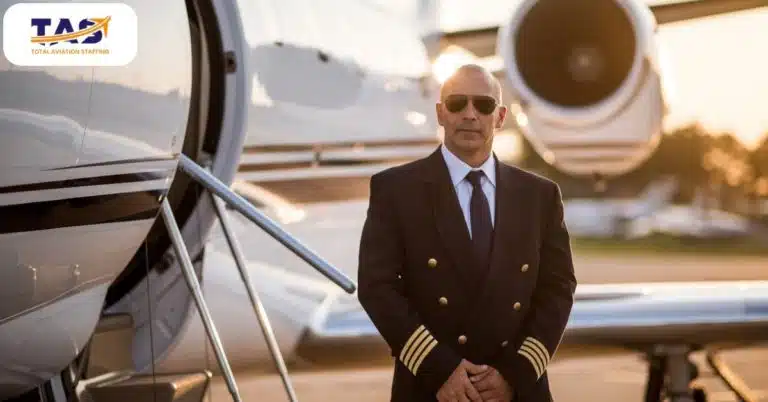
The Importance of Leadership and Management Skills
The role of a Chief Pilot goes beyond piloting skills, encompassing the essential need for strong leadership and management abilities. Success in this position relies on the combination of expert flying capabilities and the capacity to effectively lead and manage a team.
Here’s why these skills are vital in the Chief Pilot position:
Leadership ensures safety, efficiency, and professionalism in flight operations.
Management coordinates pilots and optimizes performance.
Leadership promotes continuous improvement and pilot development.
Management ensures compliance with regulations and company policies.
Leadership inspires teamwork and collaboration.
Management develops and maintains operational policies.
Leadership acts as a liaison with regulatory bodies.
Management takes corrective actions for incidents and performance issues.
Leadership sets the company’s culture and values.
Strong leadership and management skills enable effective communication.
In the high-flying world of aviation, being a Chief Pilot is more than just about soaring through the skies with finesse. It’s about leading with style, managing with finesse, and ensuring the safety and success of every flight. So, if you’re ready to take charge, inspire your team, and navigate the challenges of the aviation landscape, fasten your seatbelt and get ready for an exhilarating journey as the Chief Pilot. Remember, in the realm of aviation, leadership and management skills will be your co-pilots on the road to greatness.
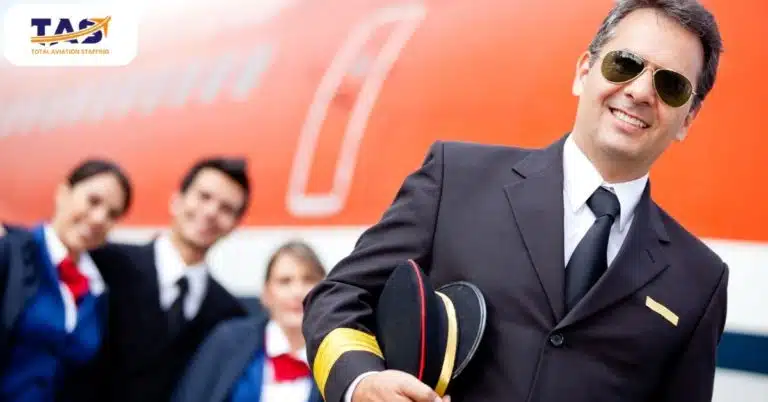
Ensuring Compliance with Aviation Regulations
Compliance with aviation regulations is crucial to maintain the highest level of safety and security in flight operations. Adhering to regulations guarantees that all aspects of the operation, from aircraft maintenance to crew training, meet industry standards and best practices. Compliance also mitigates risks associated with potential accidents or incidents, safeguarding the well-being of passengers, crew members, and the general public.
Additionally, complying with aviation regulations fosters trust and credibility. By upholding regulatory requirements, the Chief Pilot demonstrates a commitment to professionalism, integrity, and ethical conduct.
Compliance helps to build a positive reputation for the company, ensuring that it is recognized as a reliable and responsible operator in the industry. It also strengthens relationships with regulatory authorities and establishes a solid foundation for collaboration and cooperation, contributing to the overall success and sustainability of the organization.
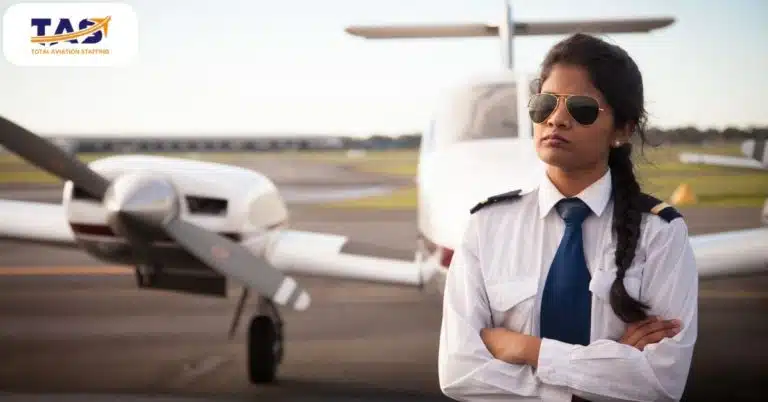
Pilot Training, Development, and Performance Appraisal
As a Chief Pilot, one of your key responsibilities is training and developing pilots to ensure their skills and performance are continually enhanced. This involves implementing performance appraisal and feedback processes that contribute to the professional growth of the flight team.
Here are the key responsibilities associated with this aspect of the position:
The Chief Pilot plays a vital role in designing and implementing training programs to enhance pilot skills.
They establish training standards and ensure pilots receive ongoing education to maintain regulatory compliance.
The Chief Pilot provides guidance and mentorship to pilots, helping them develop their technical and operational competencies.
They oversee simulator training, check rides, and proficiency checks to assess pilot performance and identify areas for improvement.
The Chief Pilot collaborates with training departments to identify training needs and implement appropriate solutions.
They monitor pilot progress and provide feedback to promote continuous learning and skill development.
The Chief Pilot’s responsibilities for enhancing pilot skills through performance appraisal and feedback include:
The Chief Pilot conducts regular performance appraisals to evaluate pilot competency and adherence to standards.
They provide constructive feedback to pilots, highlighting strengths and areas for improvement.
Performance appraisal processes help identify training gaps and develop personalized development plans for each pilot.
The Chief Pilot ensures that pilots receive timely and meaningful feedback to enhance their skills and performance.
They work closely with pilots to address performance issues and implement corrective actions when necessary.
As the Chief Pilot, you’ll be the architect of excellence, shaping pilots into top-notch professionals through training, appraisal, and feedback. Get ready to lead the charge toward safety, proficiency, and sky-high achievements, as you elevate the flight team to new heights of success.
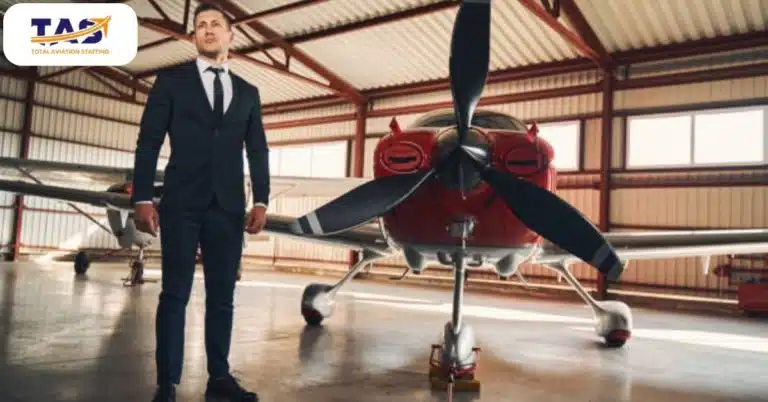
Incident Investigation and Corrective Actions
The Chief Pilot holds a crucial role in incident investigation and implementing corrective actions to enhance safety and prevent reoccurrence.
Here’s an overview of their responsibilities in this area:
The Chief Pilot leads the investigation of incidents, analyzing data and gathering relevant information to determine causes and contributing factors.
They collaborate with the flight team, regulatory authorities, and other stakeholders during the investigation process.
The Chief Pilot ensures that corrective actions are identified and implemented promptly to prevent similar incidents in the future.
They provide guidance and support to crew members involved in incidents, fostering a culture of accountability and learning.
The Chief Pilot works closely with regulatory bodies to address any regulatory violations or issues identified during investigations.
They establish procedures and protocols to track and monitor the effectiveness of implemented corrective actions.
With your unwavering commitment to enhancing safety and preventing reoccurrence, you’ll lead the charge in building a culture of accountability and continuous improvement. So embark on a journey where your actions will shape the future of aviation safety, leaving a legacy that soars above the clouds.
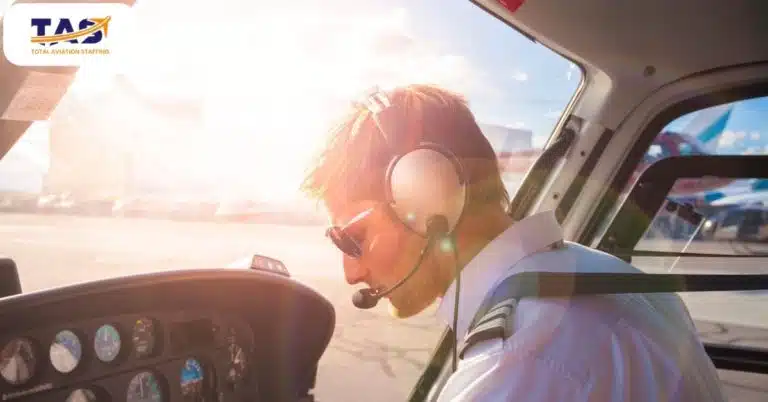
Collaboration with Other Departments and FAA
Collaboration with other departments and regulatory authorities is crucial for the Chief Pilot to ensure regulatory compliance. Additionally, the Chief Pilot plays a vital role in liaising with the FAA for regulatory matters.
Collaboration with other departments for regulatory compliance is crucial for:
Collaborating with other departments ensures a comprehensive approach to regulatory compliance across the organization.
Cooperation with departments such as maintenance, training, and operations helps identify and address potential compliance issues.
Sharing knowledge and expertise among departments ensures a consistent understanding and implementation of regulatory requirements.
Collaborative efforts foster a culture of compliance, promoting a proactive approach to regulatory adherence.
The Chief Pilot’s role in liaising with the FAA for regulatory matters includes:
The Chief Pilot serves as a key point of contact between the organization and the FAA for regulatory issues.
They communicate with the FAA regarding regulatory infractions, violations, or other matters requiring attention.
The Chief Pilot ensures open lines of communication with the FAA, maintaining a positive working relationship.
They provide necessary documentation and information to the FAA during audits and inspections.
The Chief Pilot actively stays updated on FAA regulations and communicates relevant changes to the organization.
As the Chief Pilot, you’ll be the regulatory maestro, orchestrating collaboration across departments and harmonizing compliance efforts throughout the organization. Your expertise will not only ensure seamless adherence to regulations but also foster a culture of proactive compliance. And with your role as the liaison to the FAA, you’ll navigate the regulatory landscape with finesse, keeping the organization in harmony with the skies above.
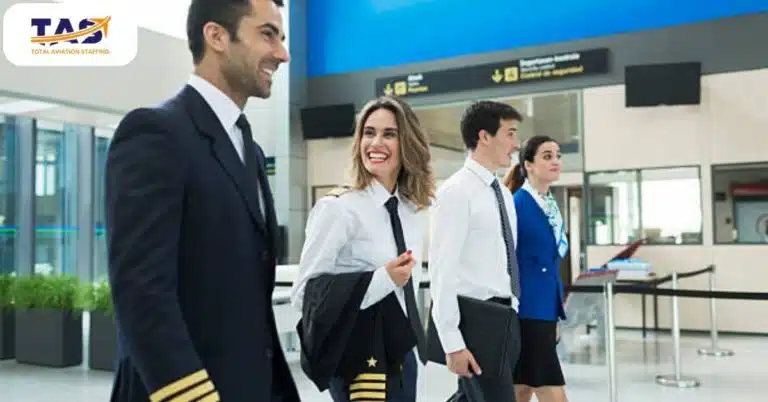
Tips for Job Seekers: Becoming a Chief Pilot
To become a Chief Pilot, you need a blend of skills, experience, and thorough preparation. It’s a role that demands a unique combination of expertise, readiness, and a passion for aviation.
Here are some valuable tips for job seekers:
Gain extensive flight experience as a pilot-in-command to meet the required minimum experience criteria.
Pursue ongoing professional development, such as advanced certifications and specialized training programs.
Develop strong leadership and management skills through leadership roles or additional training opportunities.
Build a network within the aviation industry, connecting with professionals and mentors who can provide guidance.
Stay updated with industry trends, regulations, and technological advancements relevant to flight operations.
Demonstrate a commitment to safety, professionalism, and adherence to regulatory standards in your career history.
Highlight your experience in incident investigation, training, and regulatory compliance in your resume and interviews.
Be prepared to showcase your communication, decision-making, and problem-solving abilities during the selection process.
Prepare for your flight to the top as you follow these tips to soar toward the coveted role of Chief Pilot. Seize every opportunity, fine-tune your skills, and let your passion for aviation ignite your career. Get ready for a thrilling journey that combines leadership and flying, as you navigate the skies as the esteemed Chief Pilot.

In Conclusion
Now that you understand the duties of a Chief Pilot and are armed with these job-seeker tips, you’re ready to navigate the aviation industry’s blue skies with confidence. Remember, becoming a Chief Pilot is not just about flying high, but also about leading, managing, and ensuring the utmost safety and professionalism. So buckle up, set your sights on the horizon, and let your dreams take flight as you embark on this extraordinary career. The sky’s the limit for those who dare to chase their Chief Pilot ambitions! Safe travels and smooth landings on your journey to success!
Ready to soar to new heights in your aviation career? Don’t wait any longer! Take the next step and unlock exciting opportunities with Total Aviation Staffing. Visit our website today to explore a wide range of jobs in the aviation industry. From aircraft technicians to flight attendants, we’ve got you covered. Let us help you find the perfect role that aligns with your goals and aspirations. Don’t miss out on your dream job and start your journey with Total Aviation Staffing now!
